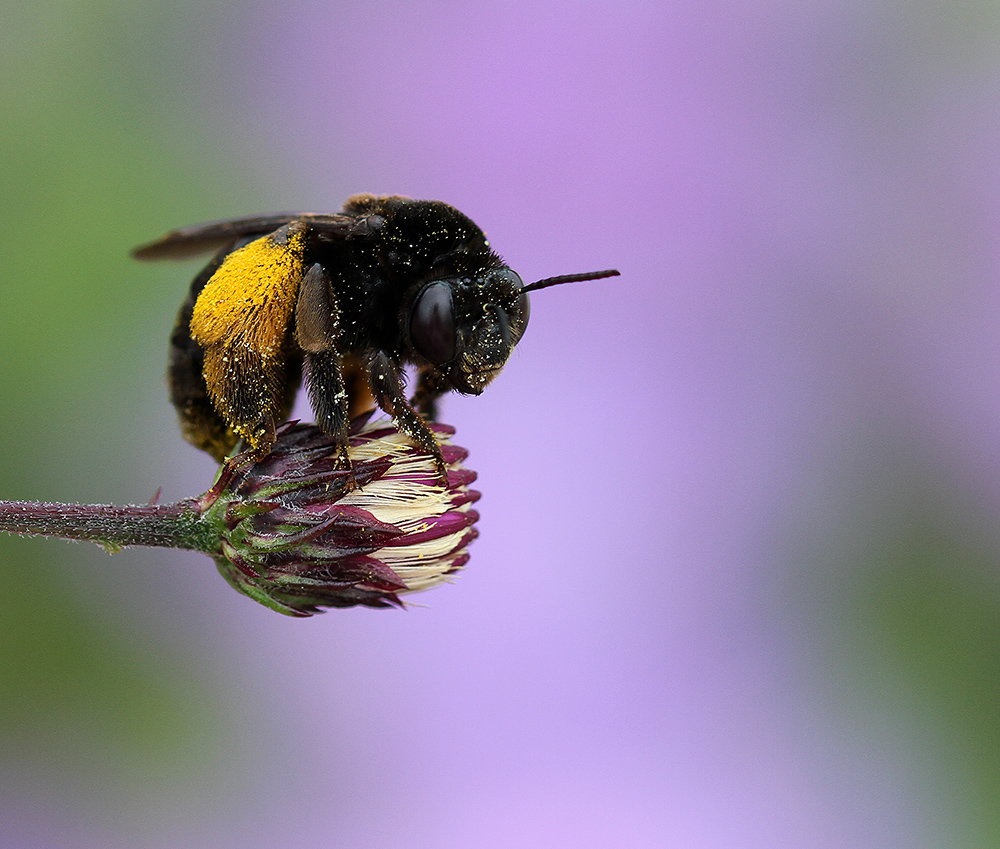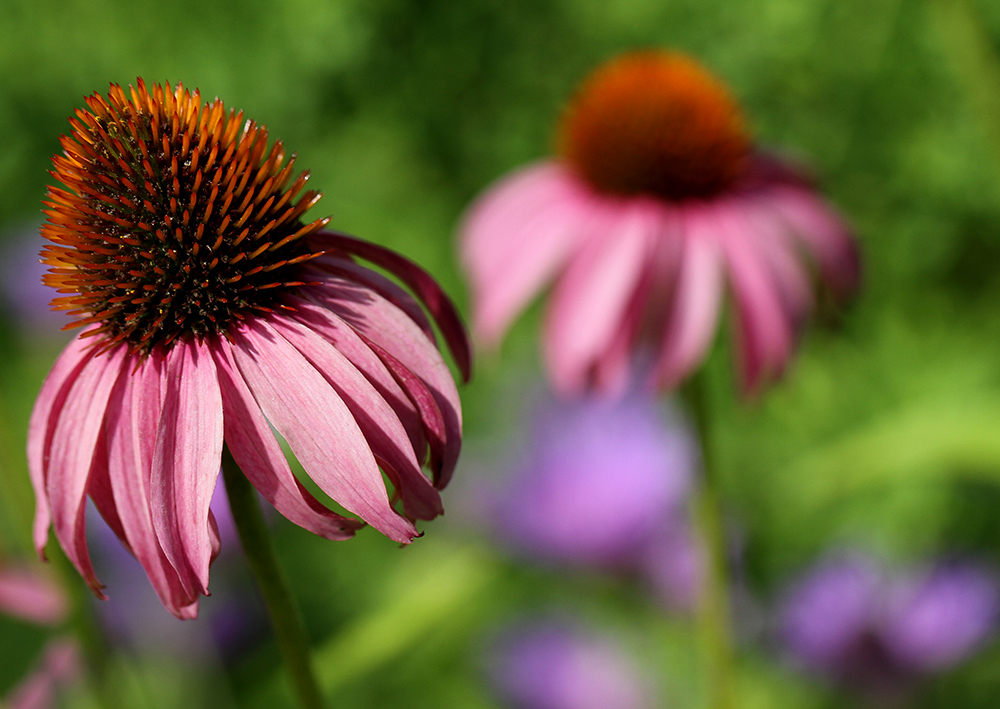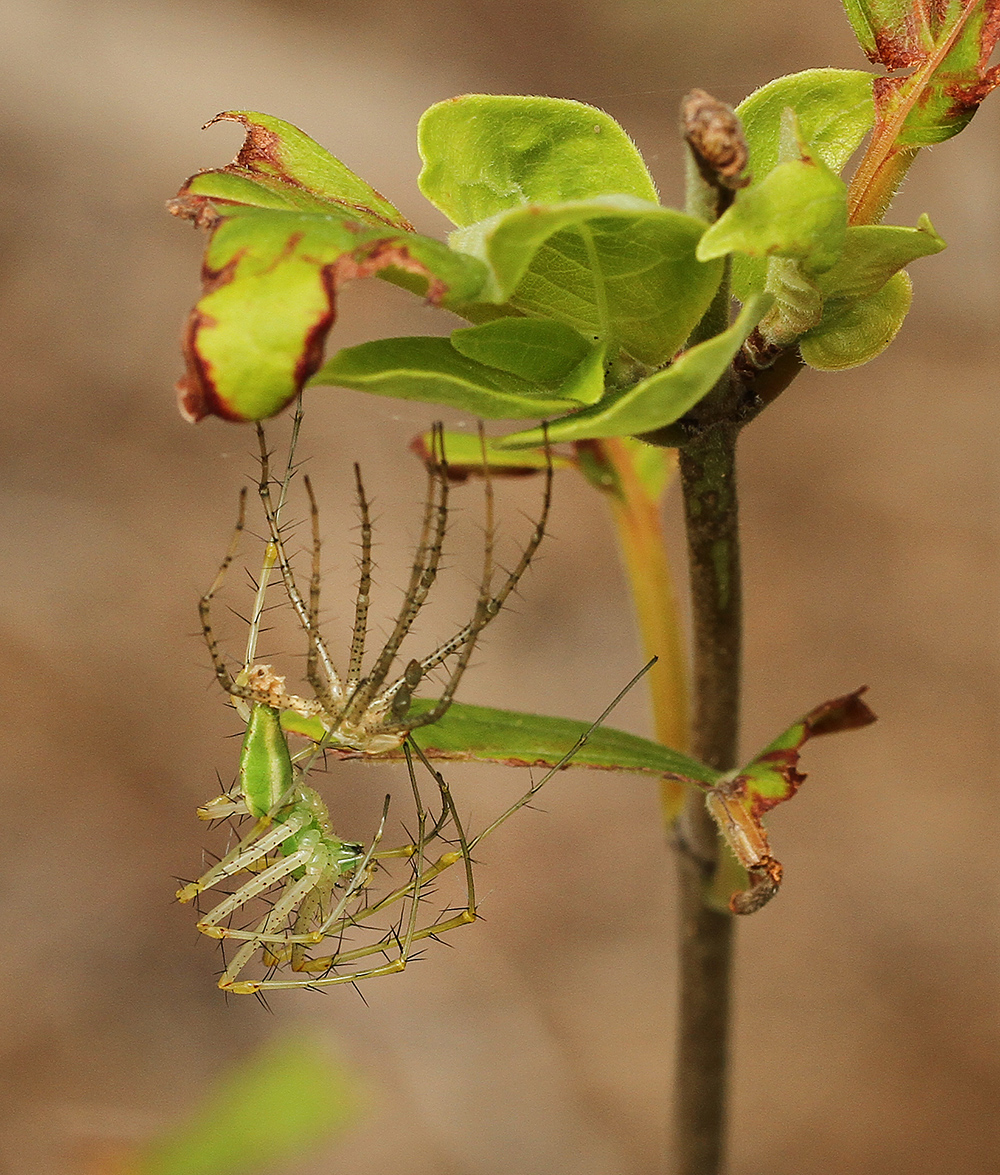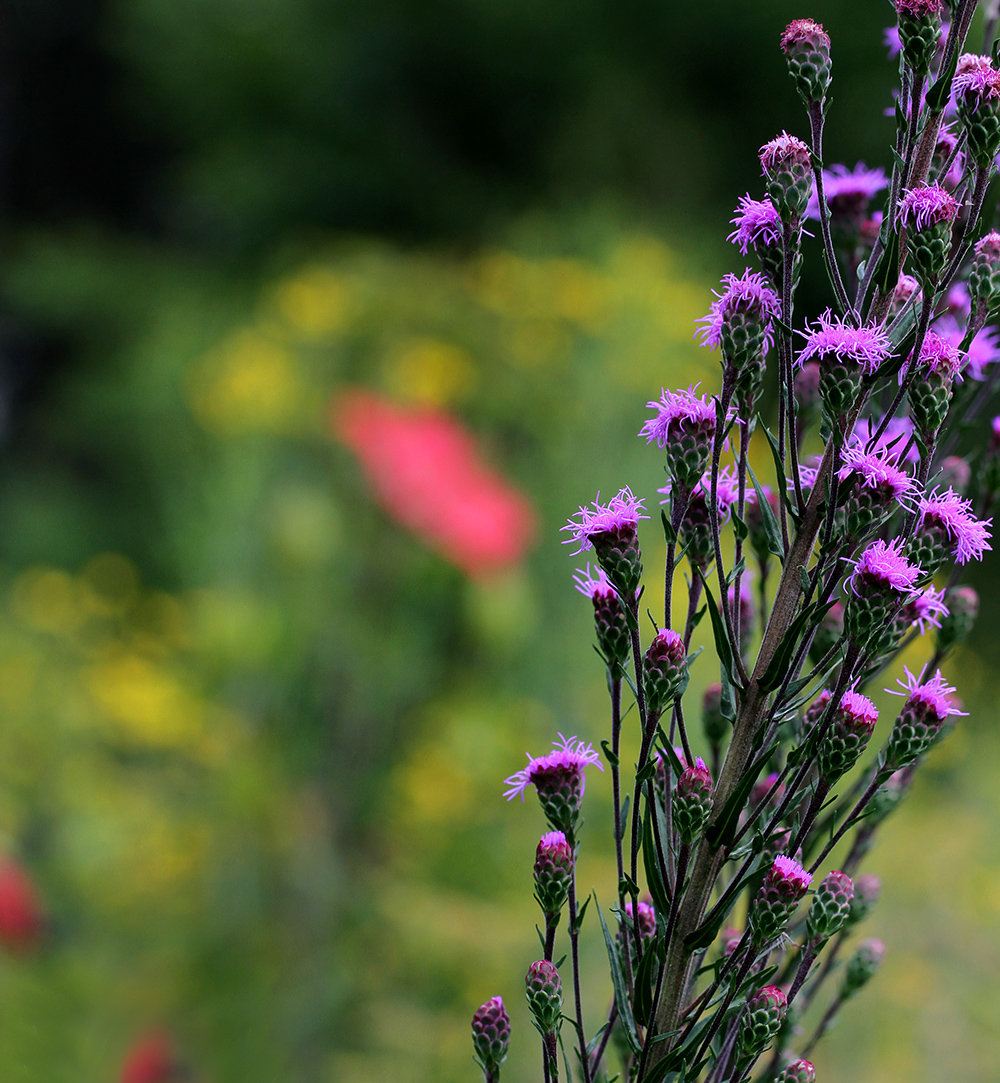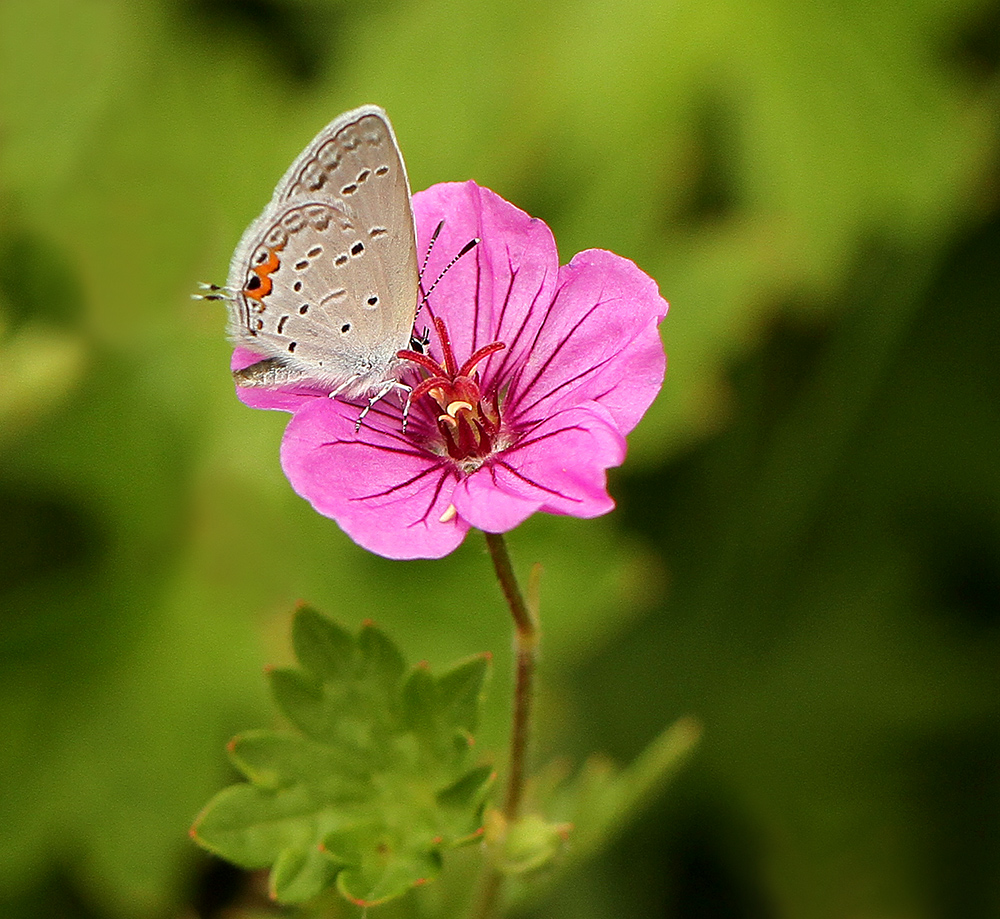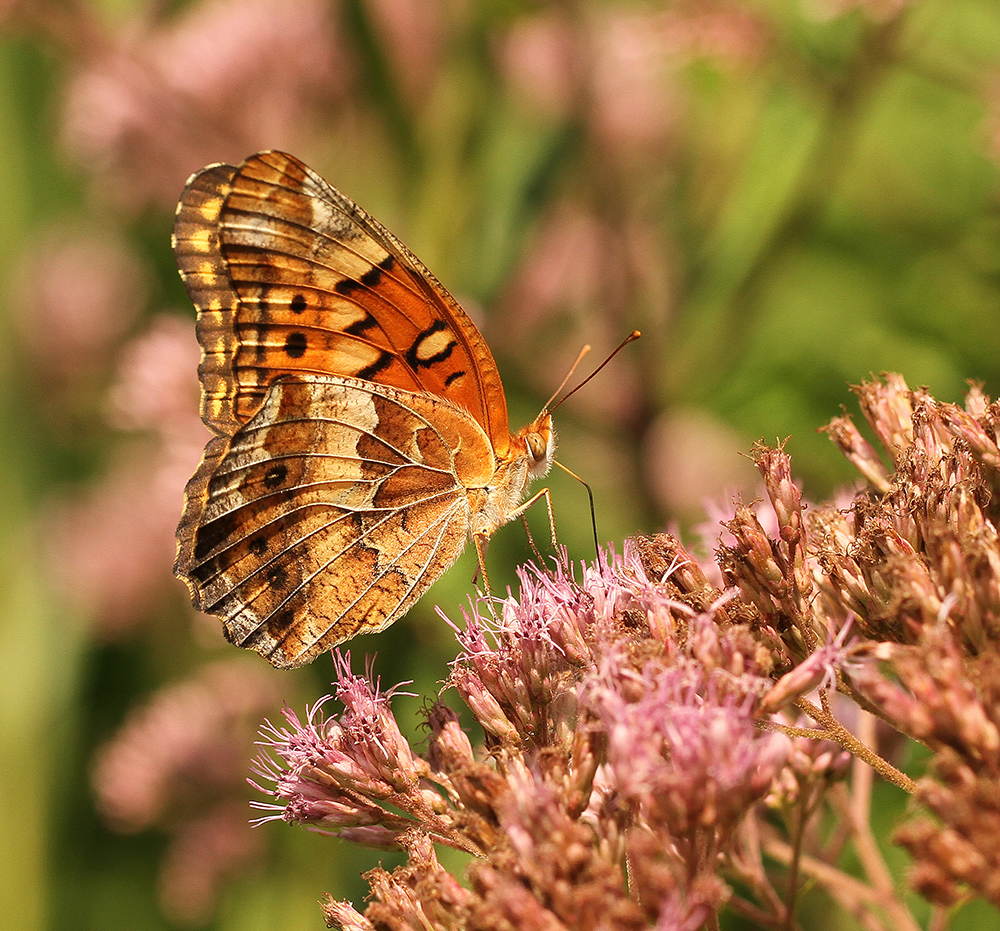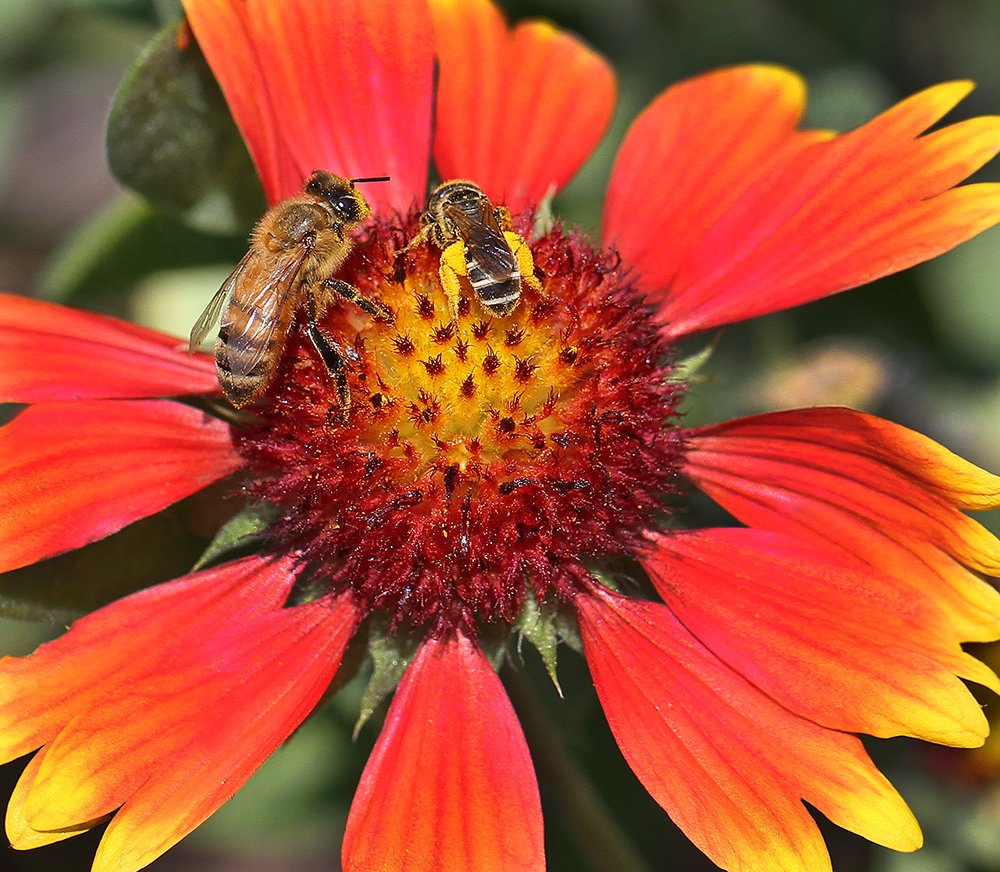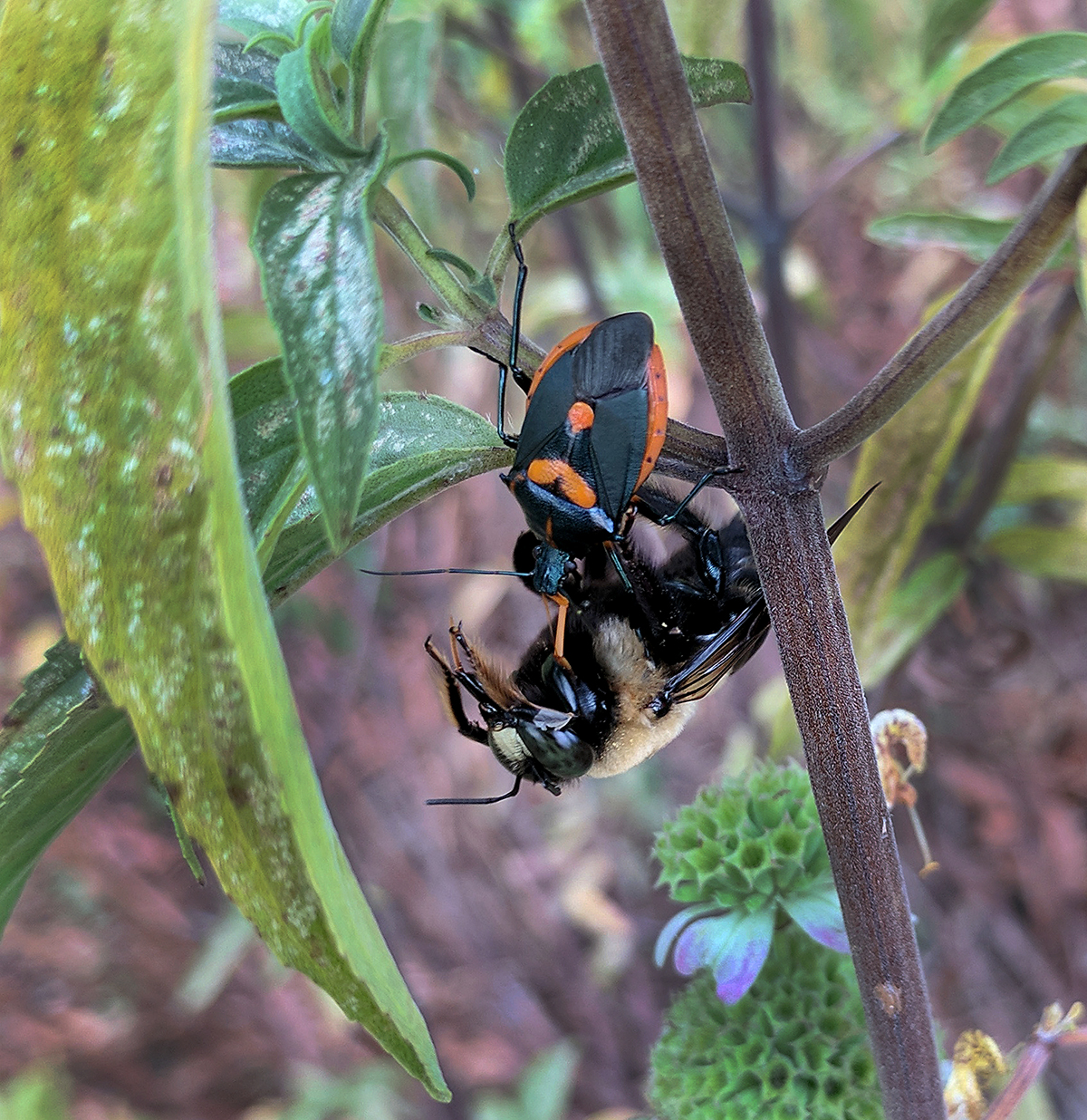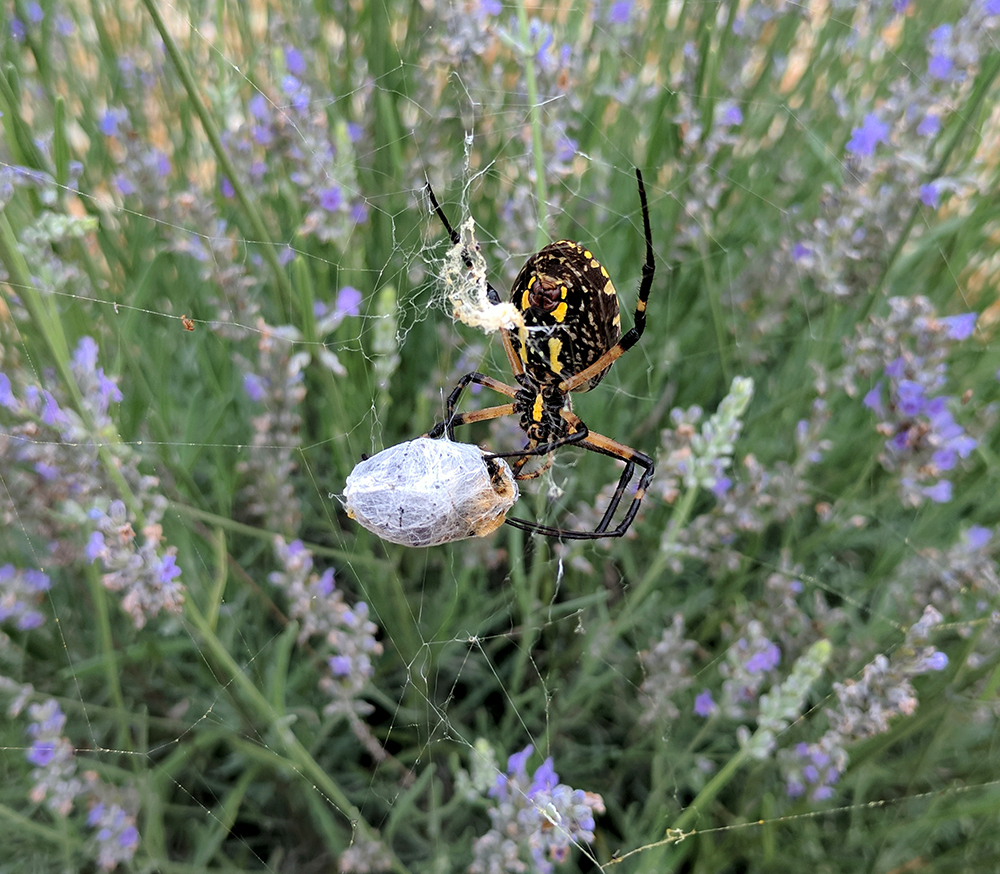Summer Snapshots From Extension’s Pollinator Paradise Garden
go.ncsu.edu/readext?495460
en Español / em Português
El inglés es el idioma de control de esta página. En la medida en que haya algún conflicto entre la traducción al inglés y la traducción, el inglés prevalece.
Al hacer clic en el enlace de traducción se activa un servicio de traducción gratuito para convertir la página al español. Al igual que con cualquier traducción por Internet, la conversión no es sensible al contexto y puede que no traduzca el texto en su significado original. NC State Extension no garantiza la exactitud del texto traducido. Por favor, tenga en cuenta que algunas aplicaciones y/o servicios pueden no funcionar como se espera cuando se traducen.
Português
Inglês é o idioma de controle desta página. Na medida que haja algum conflito entre o texto original em Inglês e a tradução, o Inglês prevalece.
Ao clicar no link de tradução, um serviço gratuito de tradução será ativado para converter a página para o Português. Como em qualquer tradução pela internet, a conversão não é sensivel ao contexto e pode não ocorrer a tradução para o significado orginal. O serviço de Extensão da Carolina do Norte (NC State Extension) não garante a exatidão do texto traduzido. Por favor, observe que algumas funções ou serviços podem não funcionar como esperado após a tradução.
English
English is the controlling language of this page. To the extent there is any conflict between the English text and the translation, English controls.
Clicking on the translation link activates a free translation service to convert the page to Spanish. As with any Internet translation, the conversion is not context-sensitive and may not translate the text to its original meaning. NC State Extension does not guarantee the accuracy of the translated text. Please note that some applications and/or services may not function as expected when translated.
Collapse ▲Photos by Debbie Roos, Chatham County Cooperative Extension
In late 2008, I planted a demonstration pollinator garden at Chatham Mills to provide forage from early spring to late fall for pollinators such as honey bees, native bees, butterflies, flower flies, hummingbirds, beetles, and other beneficial insects. The garden features over 200 unique species of perennials, 85% of which are native to North Carolina. The garden is a great teaching tool that I use to conduct workshops and tours for hundreds of folks each year. It has taught me so much and I enjoy sharing this knowledge with others.
Below you can see photos of plants that were in bloom from July-September. The pollinator garden averaged 62 species in bloom in any given week throughout the summer!
For more photos, see:
Spring Snapshots in the Pollinator Garden – 2017
Summer Snapshots in the Pollinator Garden – 2016
Fall in the Pollinator Garden – 2015
The Amazing Diversity of Critters in the Pollinator Garden – 2015
The Amazing Diversity of Critters in the Pollinator Garden – 2014
For more information:
Pollinator Paradise Garden website
Slide Show of Pollinator Garden: Take a Virtual Tour!
What’s in Bloom in the Pollinator Garden – updated bi-weekly!
List of Plants in the Pollinator Garden
Top 25 Native Pollinator Plants for North Carolina

A cuckoo-leaf-cutter bee forages on the pink form of blue vervain (Verbena hastata). Photo by Debbie Roos.
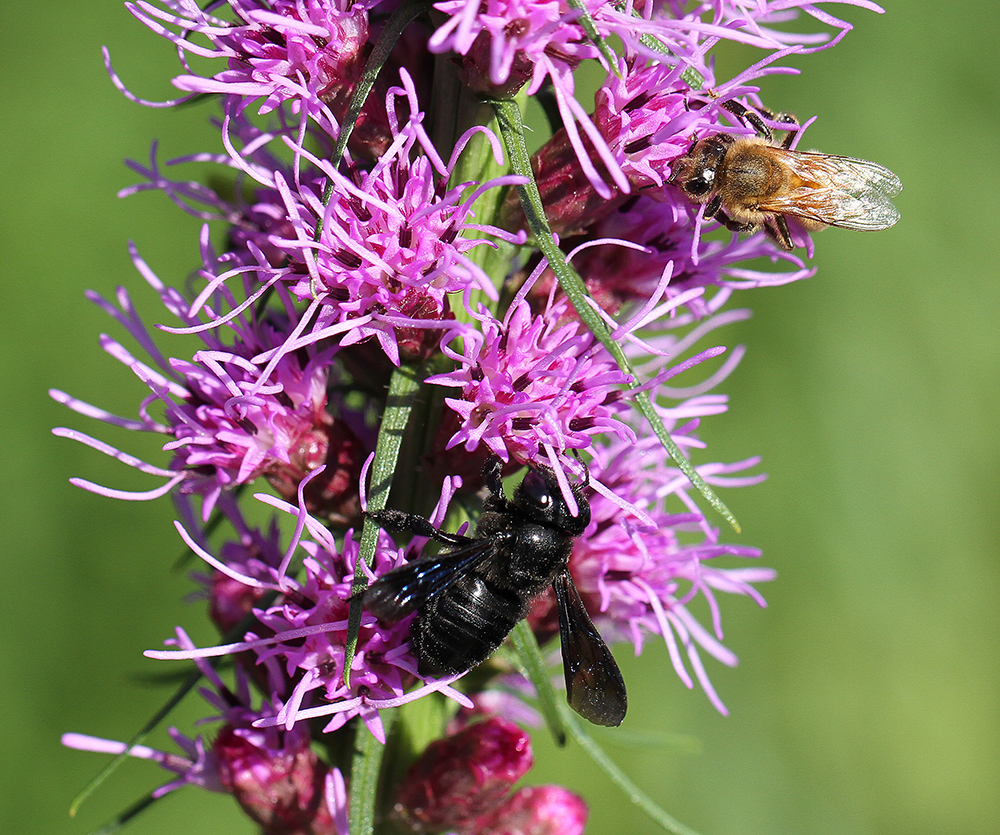
Carpenter-mimic leafcutter bee and a honey bee on blazing star (Liatris spicata). Photo by Debbie Roos.
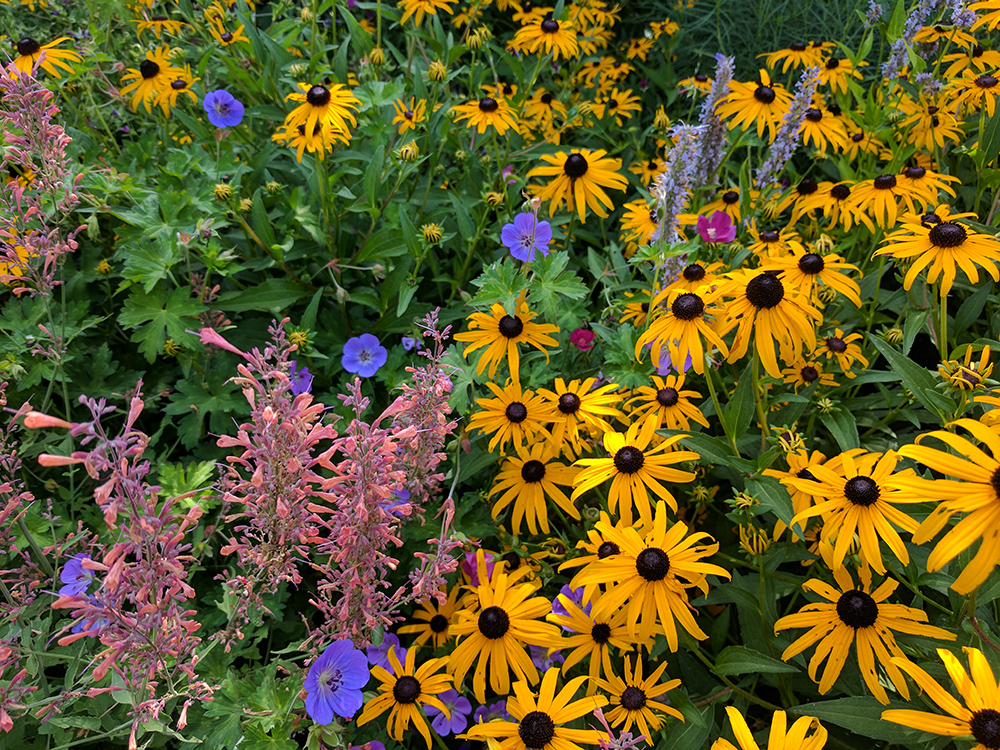
Orange coneflower, Mexican giant hyssop, anise hyssop, hardy geranium, and poppy mallow. Photo by Debbie Roos.

Mason wasp sipping nectar from the bloom of a yellow passionflower (Passiflora lutea). Photo by Debbie Roos.
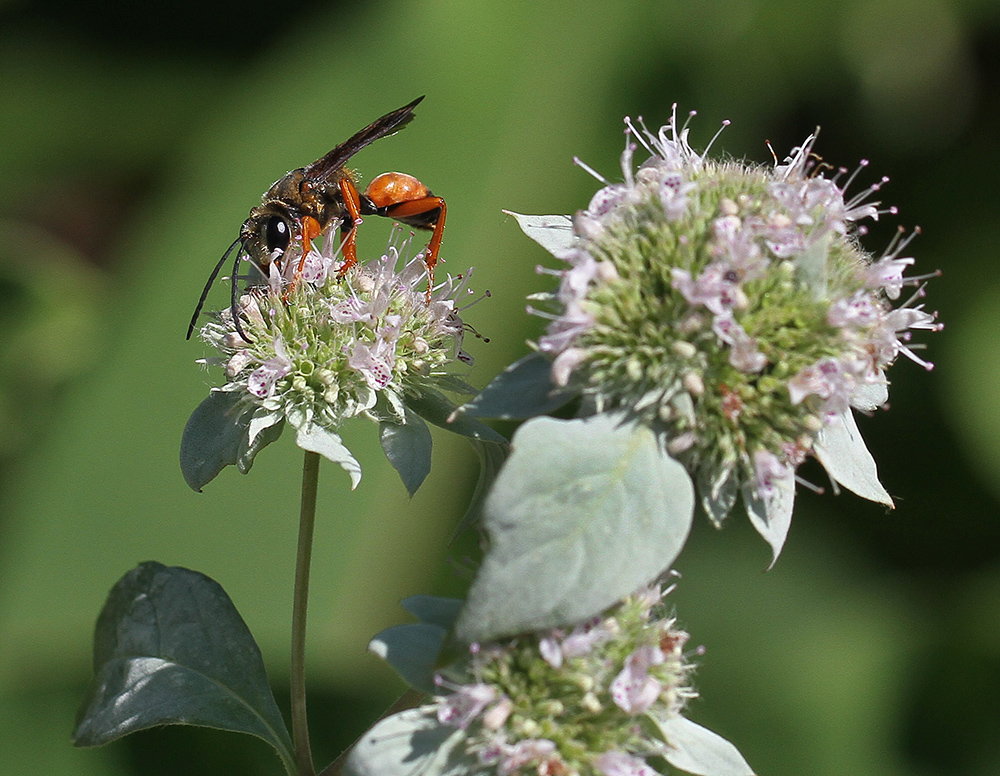
Great golden digger wasp on southern mountain mint (Pycnanthemum pycnanthemoides). Photo by Debbie Roos.
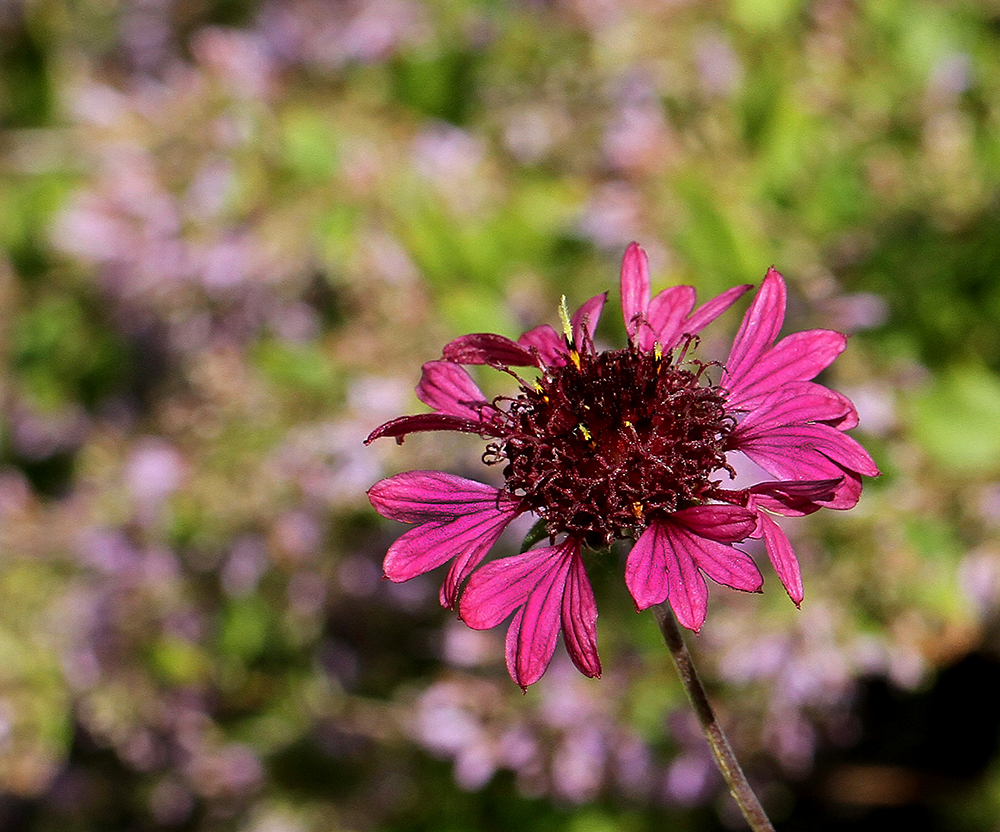
Lanceleaf blanketflower (Gaillardia aestivalis ‘Grape Sensation’) backed by wild oregano (Cunila origanoides). Photo by Debbie Roos.



